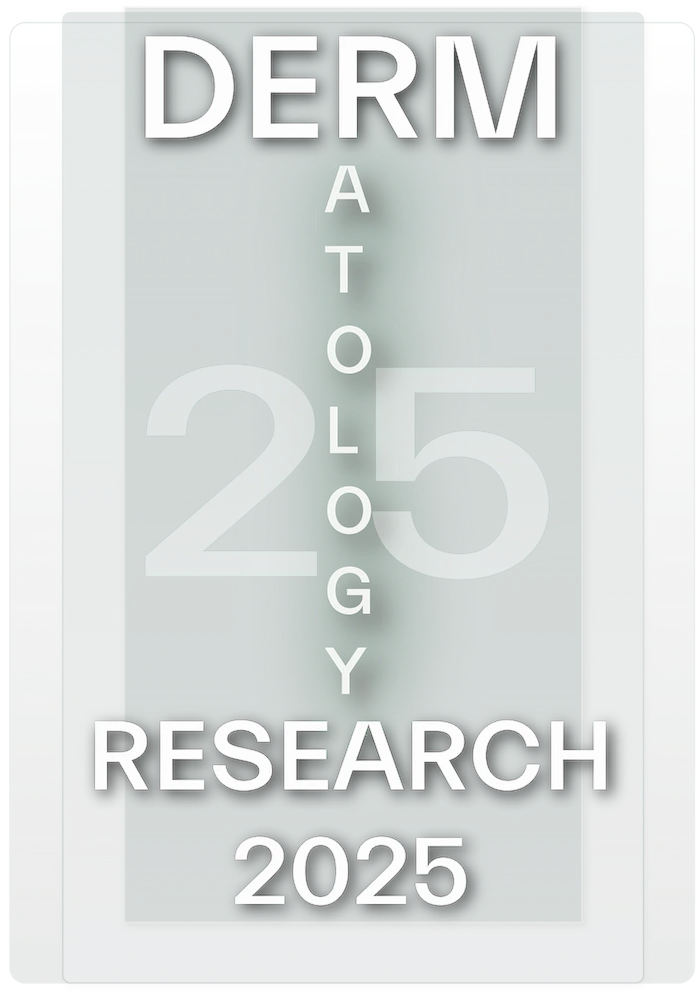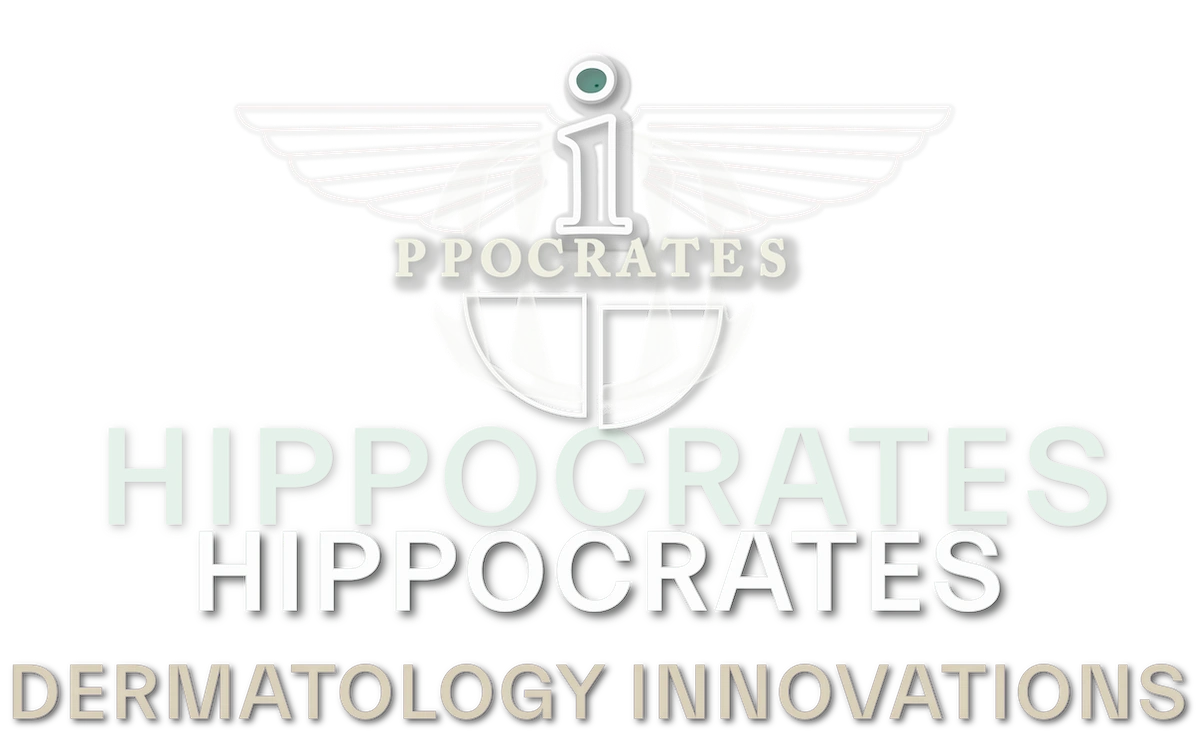


Salicylic acid for acne
A study on effective acne management protocols done by Davis DA and et al attests that adult acne patients without gross skin disorders are at minimal risk of adverse systemic effects from routine use of topical products containing 2% Salicylic Acid, most popular form of BHA’s (beta hydroxy acid).
Many studies support efficacy of salicylic acid for acne in control of adult acne and acne scars treatment, it reduces the number of microcomedones and counteracts plugging of the follicles. It is also effective in healthy women who take oral contraceptive without any adverse effect.
Salicylic acid for acne scars is another widely-used application of this molecule. Whether it is acne spots and skin’s discolorations as a result of persistent acne or icepick and boxcar scarring salicylic acid remains to some extent effective and concentration dependent. In combination with other biomolecules its use is more prevalent and impactful. In much higher concentrations, 20-30%, it has also been used in chemical peels to treat acne scars, which was found moderately effective, however, skin dryness, skin cracks and serious irritability may ensue which warrants professional care.
In three placebo-controlled studies and a comedolytic assay, salicylic acid for acne pads reduced the number of primary acne lesions and thereby the number and severity of all lesions associated with adult acne in mild to moderate forms. Use of salicylic acid for acne in severe cases is limited to maintenance treatment only. Comparative studies of salicylic acid have shown it to be superior to such effective acne treatments as benzoyl peroxide.
However, each treatment employs a different mechanism of action. Benzyol peroxide changes bacterial colonization, which is primarily an ideal goal in treating acne but it also challenges skin’s microbiome and its long term use is associated with dysbiosis. On the other hand salicylic acid ‘s target is hypercornification of pilosebaceous ducts as well as hypersecretion of sebaceous glands associated with cutaneous oils.
Adverse reactions to salicylic acid are generally limited to mild, local irritation occurring in a minority of patients. More recently, lipohydroxy acid, a derivative of salicylic acid, has been used in treatment, for its comedolytic characteristics, with rather promising results due to its effect on increasing glycoaminoglycans, collagen and elastin fibers in dermal tissue. While this rejuvenating effect of lipohydroxy acid render it more appealing among active skin care ingredients, its comedolytic effect is commonly used in treatment of acne vulgaris.

Lipohydroxy acid application in acne treatment
Adverse reactions to salicylic acid acne products are generally limited to slight irritations occurring in a minority of treated patients. Given our aging population and increasing number of mature acne patients, enthusiasm over anti aging acne treatment has been relentlessly intensified over the past decade.
Salicylic acid for acne is employed as one of the safest and most effective modalities topically-used in approach to a patient with mild to moderate disease. Skin dryness, redness, scaling and slight irritation may be seen. If you have shown sensitivity to certain ingredients before, try a skin patch test before applying any preparation of salicylic acid on your skin. Salicylic acids for acne peels could be associated with severe redness and skin irritation. Recovery may take up to one week. Other preparations with concentrations less than 3% are usually safe to be used on a daily basis. Salicylic acid may induce sun sensitivity and wearing a sun block is greatly advised.
There are three major therapeutic goals for acne vulgaris: Resolve existing acne, prevent scarring, and suppress the development of new clinical lesions by treating and preventing the development of subclinical microcomedones. Our research-backed skin care is aimed at these objectives. Benzoyl peroxide, alpha and beta hydroxy acids, and azelaic acid are appropriate therapeutic options for use in maintenance therapy. Those agents that demonstrate the best cutaneous tolerability, are easily integrated into patients’ lifestyles, and are associated with potential therapeutic dividends such as “skin-repairing” effects, offer the highest potential for patient adherence.
Acne treatment Kit is an skin care regimen which has been bioengineered to respond to the four etiological factors responsible in development of acne. Increased sebum production is controlled during the day by “Day Effect”, an element of treatment kit, and overnights by the acne treatment serum. Depletion of essential fatty acids (linolenic acid) is associated with sebaceous gland hypertrophy and hyperkeratinizaton of the ducts, two features relevant to acne even in most severe cases of cystic lesions.
Among salicylic acid products “Day Effect” and Acne serum by providing the skin with essential fatty acids regulate sebum excretion. This regulating and moisturizing cream also targets bacterial colonization and free radical generation by utilizing potent antioxidants such as lipoic acid. “One-Step Cleanser and Toner” is an aimed weapon toward bacterial colonization in acne.
“Day Effect”, sebum regulator, along with acne cleanser keeps fighting bacterial colonization during daily activities while controls skin’s secretions and regulate synthesis of sebum, one of key factors in pathogenesis of acne vulgaris. Acne inflammation which is far greater in cystic form, is controlled in part by botanical extracts proven to subside provoked cytokines and inflammatory response. Bioflavanoids, greentea extract and lipoic acid help to mitigate stratum corneum changes as a result of depletion of its antioxidants by various mechanisms.